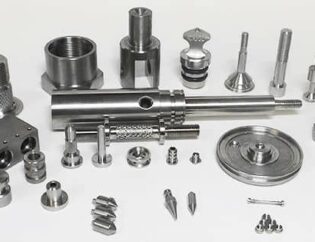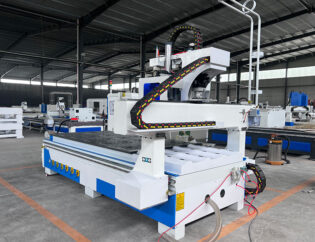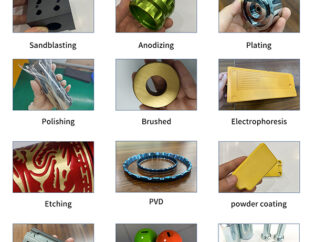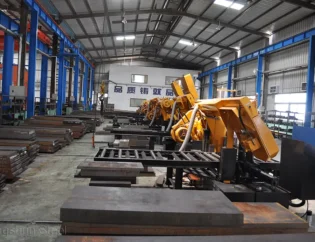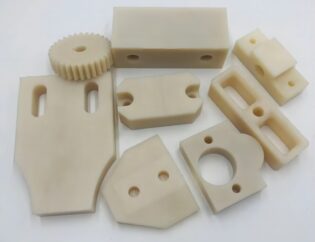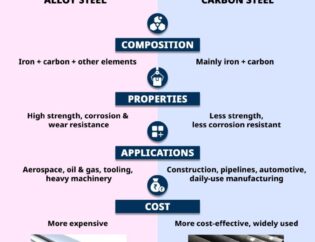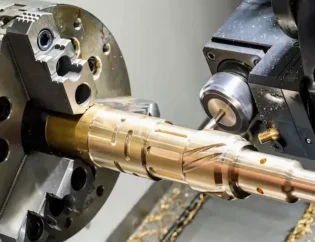CNC thread milling is a vital machining process that allows for the precise creation of threaded features in various materials. As industries increasingly demand high accuracy and efficiency, understanding this technique becomes essential for engineers and machinists alike. This guide will delve into the intricacies of CNC thread milling, providing insights into its applications, advantages, and best practices.
Readers can expect to learn about the fundamental principles of CNC thread milling, including the types of tools used and the programming techniques involved. We will explore the various thread forms and sizes that can be produced, as well as the factors influencing tool selection and machining parameters. By the end of this guide, you will have a comprehensive understanding of how to effectively implement CNC thread milling in your projects.
What is Thread Milling?
Thread milling is a versatile and practical thread manufacturing solution and CNC milling process, especially for large holes. This process is primarily used in various applications instead of tapping. In this guide, we’ll discuss what thread milling is, its applications, benefits, types of thread milling tools, how a thread mill works, and how to thread mill effectively.
Comprehensive Insights into Thread Milling
Thread milling is a metalworking process that cuts threads of different sizes through the circular ramping movement of a rotating tool. The thread pitch is created by the lateral movement in one revolution. Unlike tapping, thread milling is primarily applied to large workpieces, although solid carbide thread mills can also produce small threaded holes. This method allows for the production of both left and right-hand threads, accommodating different thread tolerances, materials, and hole diameters, all while achieving high accuracy and a great surface finish.
Technical Features of Thread Milling
The following table summarizes the key technical features of thread milling compared to tapping:
| Feature | Thread Milling | Tapping |
|---|---|---|
| Tool Size | Smaller than the thread size | Same size as the thread |
| Cutting Forces | Lower cutting forces | Higher cutting forces |
| Flexibility | Can cut various thread sizes | Requires different taps for each size |
| Chip Control | Generates short chips | Creates long stringy chips |
| Material Compatibility | Suitable for hard materials | Limited to softer materials |
| Thread Quality | Higher quality and smoother finish | Lower quality |
| Machine Requirements | Requires CNC with helical interpolation | Can be done manually or with CNC |
Types of Thread Milling Tools
Thread milling tools come in various types, each designed for specific applications. The following table outlines the different types of thread milling tools and their characteristics:
| Type | Description | Applications |
|---|---|---|
| Solid Carbide Thread Mill | Useful for smaller hole sizes; more expensive but cost-effective for quality | Ideal for precision threading |
| Indexable Insert Thread Mill | Not suitable for holes 0.625 inches or less; cost-effective for large volumes | Best for high-volume production |
| Spiral Flute Thread Mill | Can cut multiple threads simultaneously; faster than single profile mills | Suitable for various thread sizes |
| Single Profile Thread Mill | Cuts one thread at a time; versatile for different thread pitches | Used for custom thread applications |
How Does a Thread Mill Work?
The thread milling process utilizes helical-interpolation tool paths to replace tapping. The thread mill is inserted into the hole along the spindle’s axis until it reaches the desired depth. The controller then moves the thread mill to the hole’s diameter and cuts threads into the sidewall. The tool moves in a 360° circle, returning to the starting position. During this circular motion, it must also move towards the top of the hole or along the Z-axis to produce the thread.
When to Use Thread Milling
Thread milling is particularly advantageous in the following scenarios:
– Thin-walled parts: Reduces the risk of deformation.
– Asymmetric/non-rotating components: Provides better control.
– Difficult materials: Handles high cutting forces effectively.
– Custom thread sizes: Allows for flexibility in production.
– Back chamfering: Can be used for additional operations.
Thread Milling vs. Tapping
When deciding between thread milling and tapping, consider the following differences:
– Speed: Tapping is generally faster for small holes, while thread milling is more accurate.
– Tool Breakage: A broken thread mill is easier to remove than a broken tap.
– Thread Quality: Thread milling typically produces better quality threads.
– Tool Inventory: Thread mills can cut multiple sizes, reducing the need for various taps.
Conclusion
Thread milling is a highly effective method for producing threads in various materials and sizes. Its advantages over traditional tapping make it a preferred choice in many machining applications. With the ability to create high-quality threads and accommodate different thread sizes, thread milling is an essential technique in modern CNC machining.
FAQs
1. What is thread milling?
Thread milling is a CNC machining process that uses a rotating tool to cut threads into a workpiece, allowing for high precision and flexibility in thread sizes.
2. What are the advantages of thread milling over tapping?
Thread milling offers better thread quality, lower cutting forces, and the ability to cut multiple thread sizes with a single tool, making it more versatile than tapping.
3. Can thread mills cut both internal and external threads?
Yes, thread mills can be used to cut both internal and external threads, providing flexibility in machining applications.
4. What materials are suitable for thread milling?
Thread milling is effective for a wide range of materials, including hard metals that are difficult to machine with traditional tapping methods.
5. Where can I find more information about thread milling?
For more insights, you can visit websites like www.cnclathing.com, www.cnccookbook.com, nyccnc.com, www.practicalmachinist.com, and www.haascnc.com for detailed guides and resources on thread milling.


